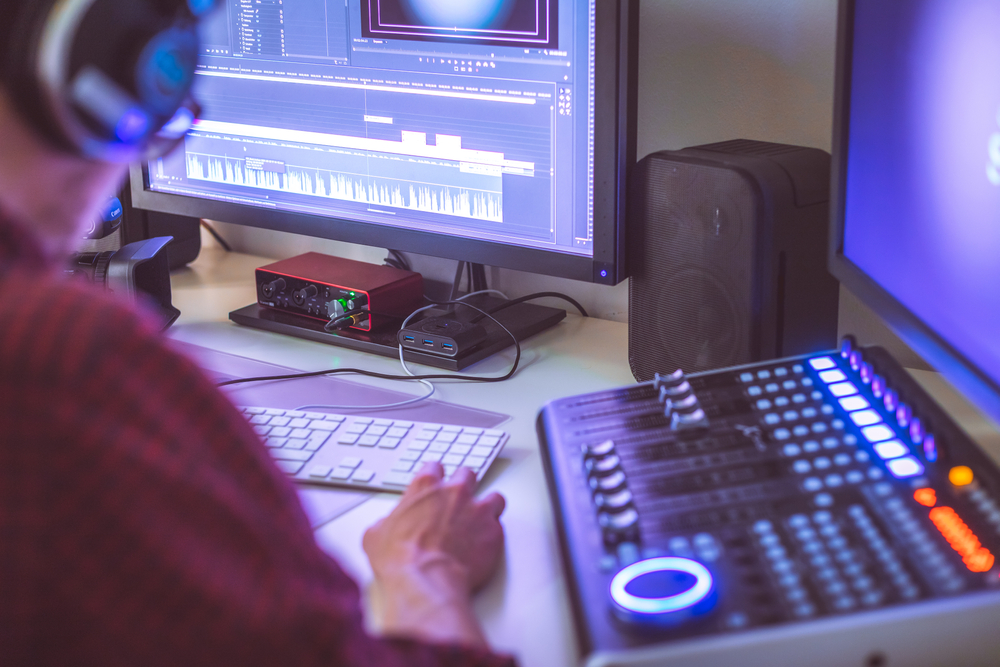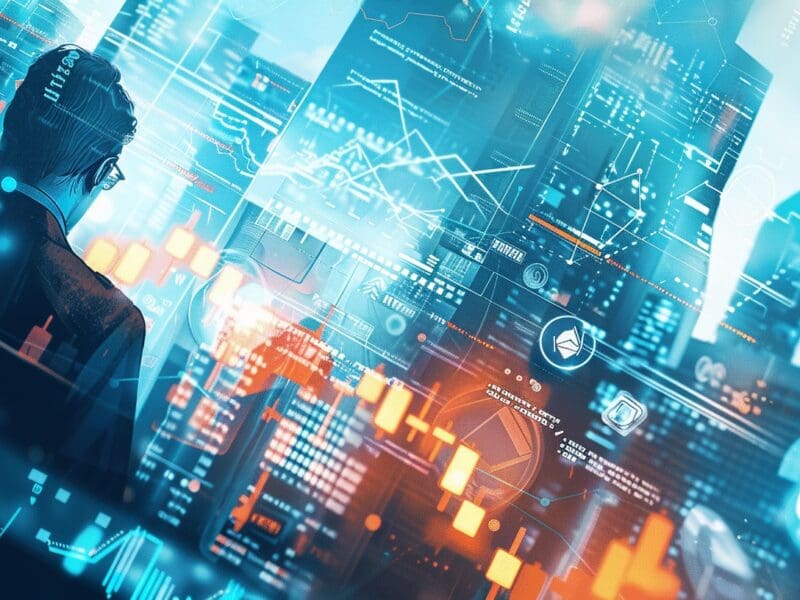
Event Sound Design: What It Is and Why It’s Important
Do you remember the last acrobatic performance you watched? Think Ka by Cirque du Soleil or WOW – The Vegas Spectacular. Even if you saw something a little less grand in scale — say, a show on television, a circus or a local theme park — you can probably still recall how much you gasped whenever somebody flew impossibly long distances with nothing to hold him except a flimsy-looking string.
In truth, such aerial acrobatic feats, while impressive, wouldn’t have been half as splendid if they happened in silence. It is events production management, particularly sound design, that ensures the success of every performance.
What Is Sound Design?
Sound design is orchestrating or planning all the auditory elements of films, television shows, theatrical productions, games, applications, live shows, performances, and other types of production. These sound elements can be pre-recorded or done live, and they can be a combination of voice, music and sound effects.
According to NFI, it is a broad discipline and can include the following categories:
- Recording of sound, music and effects
- Mixing
- Sampling
- Editing
- Creating and adjusting sound effects chains
- Musical scoring
There are, therefore, many sound design applications. Event sound design is just one cog in the entire sound design wheel, and even sound designers have specialisations.
Event sound design is a sound design specialisation. Berklee College of Music actually offers a sound design for live events course. From the information on Berklee’s website, you will see that event sound design entails the planning, construction, and integration of live sound environments and that event sound designers must be proficient in rigging, amplification, acoustics, and live sound engineering, among others.
Indeed, event sound design requires exceptional attention to detail and relies heavily on coordination. Events are live, and there are no do-overs when the sounds do not synchronise perfectly with what’s happening on stage or in the limelight.
Organising a musical or a play? Make sure you have your event sound design down pat before you sell your event tickets.
The Importance of Sound Design in Live Events
Acrobatic shows, theatrical productions, dance concerts, pageants, product launches, or any other event — yes, even a grand outdoor wedding — will never attain their maximum potential impact without sound. The application of music and sound effects gives events extra vitality and dynamism.
Can you imagine aerial throws, spins, tumbles, and flips happening unaccompanied by sound? Yes, they should still be visually exciting. Still, they are unlikely to be as striking as when they are accompanied by drum rolls, rumbles or the symphony of a full orchestra. They are probably not as magnificent as when the percussion of instruments seems to reverberate through your entire being and when the tempo feels like it has taken over the sound of your own heart beating.
In the vein of the popular saying “manners maketh man,” it’s the confluence of visuals and sounds that maketh any event. Take sound away, and a visual experience cannot be complete.
Performances just seem fuller, more dynamic and extra compelling when accompanied by sound. In fact, sound is so essential that even the so-called silent movies of yore were not really silent; they had musical accompaniment, sometimes even a full orchestra.
Sound is that important and is as relevant in live events as it is in film and other visual media. They give what you’re watching context and can make what’s happening on stage seem real and, thus, more convincing. They set and reinforce the mood to ensure a production can elicit the desired emotion (e.g., awe, fear, excitement, and joy) from its audience.
The New Year Fireworks Display: An Example
Think of the yearly new year’s fireworks show at the Burj Khalifa. This event managed by the best production house in Dubai, is typically a light, water, and fireworks extravaganza, with images projected on the building’s facade, light beams shooting from the sides, fireworks going off on the building’s periphery, and geysers of water erupting from the Dubai Fountain underneath.
To ensure that the show will elicit gasps of admiration from the audience, a sound designer plans the event’s audio in its entirety, preparing in advance and orchestrating all the sounds that must accompany every moment of the fireworks, light, projection, and water display.
To this end, he plans and creates the musical score that will accompany the show from the countdown to the big finish; such music must surge and ebb with the fireworks, lights and water spray. He must also incorporate ambient sounds — e.g., the boom and snap of firecrackers, the whoosh of squirting water, the beep of the countdown, and even the whistling and clapping of the audience to create a realistic event ambience.
After identifying and creating all the individual auditory elements required, he puts them all together. He records the music and sound effects, mixes, cuts, tweaks sound effect chains, edits, and processes as needed. Then, on D-Day, he goes to the site (supported by sound engineers) to ensure everything will unfold as planned.
Among the things a sound designer must take care of and prepare are the following:
- Audio quality: The sound system must be of good quality and capable of delivering clear and crisp audio.
- Volume: Volume levels must be appropriate for the venue and audience size. Too loud and it can cause discomfort and hearing damage, but too quiet and the audience will not be able to appreciate what you prepared.
- Live sound reinforcement: A sound reinforcement system must be in place, with microphones and speakers placed strategically to ensure clarity and consistency.
- Acoustics: The sound design must work with the venue’s acoustics or the way its shape, materials and configuration affect the transmission and reception of sound.
- Rehearsal and testing: A live event simulation must be conducted to discover potential pitfalls.
- Backup plan: There must be backups in case of technical failures.
Bring Events to Life With Sound Design
Without sound, a show with the most colourful costumes and fantastic choreography can never realise its full potential. Sound design is essential to any live event, and it can spell the difference between a magnificent event and a mediocre one.







